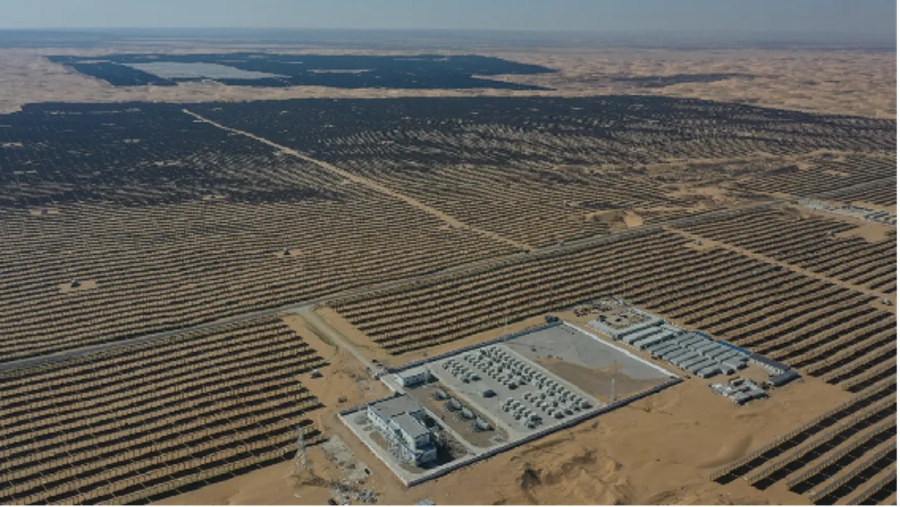Spain’s energy storage association optimistic about the year ahead

pv magazine: The next AEPIBAL Day will be held in Zaragoza on Oct. 27 and 28, 2024. What can we expect from this event?
Luis Marquina: Our AD [AEPIBAL Day] is a meeting between the sector, represented by its entire value chain, and the public administration. Having all the public officials on whom the storage take-off really depends at our disposal for 24 hours is an absolute luxury. Therefore, in this event, as in the two previous ones, we hope to receive many inputs from the public sector that will allow us to get an accurate, real, and unmediated picture of where we are and what will happen in 2025. It is a very special congress model in which there are not 50 companies in panels of five by five. And it works! This year we will exceed 400 attendees and perhaps, which would be crazy, 500.
How do you assess the storage forecasts in the new PNIEC [Spain’s national planning strategy to meet European Union energy and climate goals]? Are they feasible in the current situation?
We have always maintained that storage is the necessary partner for renewable energies. If there is no renewable deployment there will be no storage, and vice versa: without storage there will be no deployment of renewables. And the PNIEC is very ambitious in both senses. Therefore, if we believe that in 2030, 81% of our electricity generation will be renewable, the 22.5 GW of storage – and even more – will be necessary.
We have been waiting for several years for “this to be the final one” for the development of storage. Will 2025 finally be the key year in the final development of the necessary regulatory framework?
We bet on it. MITECO [Spain’s Ministry for the Ecological Transition and the Demographic Challenge] has taken a big step forward with the creation of the Storage and Flexibility Subdirectorate. The CNMC [Spain’s competition regulator] is clearly betting on a much more flexible and dynamic electrical model and we see the [electricity] system operator equally involved in moving forward. All the actors are aligned and there is no time to lose.
Do you think the CNMC’s regulatory push for storage flexibility is adequate and sufficient?
We really like the approach that the CNMC wants to give to storage, something like that storage, as long as it can operate, should operate. That is, absolute flexibility, which is undoubtedly what best represents storage, what makes the most of its potential and what would most benefit the electrical system as a whole.
And how do you rate Circular 1/2024 [regulating grid access] that was published on Oct. 11, 2024 in the BOE [Spain’s official gazette]?
The publication of the recent Demand Circular by the CNMC in the BOE is a step forward in including flexible access as a storage possibility, although linked to a minimum consumption of hours per year. Likewise, the obligation for [grid] network managers, including distributors, to be very transparent and publish the demand capacities of each [grid] node is very good news. However, the circular is a roadmap that needs the small print that will be the Demand Detail Specifications, which could delay us for a time that we do not have. We hope that the deadlines are shortened as much as possible so that we can take full advantage of this new vision of storage in Spain.
Has the creation of the Subdirectorate General for Storage and Flexibility had any impact?
We need to give the new deputy director, Fátima Garcia Sañén, time to have a global vision of all the issues to be addressed and prioritize the actions to be carried out. AEPIBAL presented 21 measures to be worked on with some urgency, plus 10 measures to improve self-consumption. And the deputy directorate was already on top of many of them, which makes us very hopeful. If she has the full support of the ministry, 2025 will undoubtedly bring us much joy.
Do you think enough is being done to boost storage? Where are we at?
The ministry is aware of the importance of storage and the urgency of resolving certain issues. And not resolving the issues in time is creating distortions that could harm us in the future. For example, it is vital that the ministry be the guide and give the autonomous communities and municipalities the fundamental guidelines on how storage should be legally covered in the different territories. This is where we see the greatest lack of coordination between administrations right now.
What do you think is the reason for decisions such as the covert moratorium [on energy storage, by requiring utility-scale batteries be 1 km from population centers and 500 m from livestock and forests] are in Asturias? Do you think it can be replicated in other territories or is it something exceptional?
We cannot allow unscientific arguments to contaminate the debate. Batteries do not drive cows mad, for example. We must act from all the public offices involved so that the responsibility of facing these arguments is assumed and, on the other hand, seek ways of meeting between the promoters of the projects and the administrations. In Asturias we have all arrived late and all the projects, including those winning the PERTE [Strategic Project for Economic Recovery and Transformation] tenders, are at serious risk of never being built. Let us hope that this is something exceptional although the public sector and promoters will have to work hard and in a coordinated manner to make it so. Otherwise, the energy transition is going to stumble on a stone that will make its path very difficult.
From pv magazine España.













